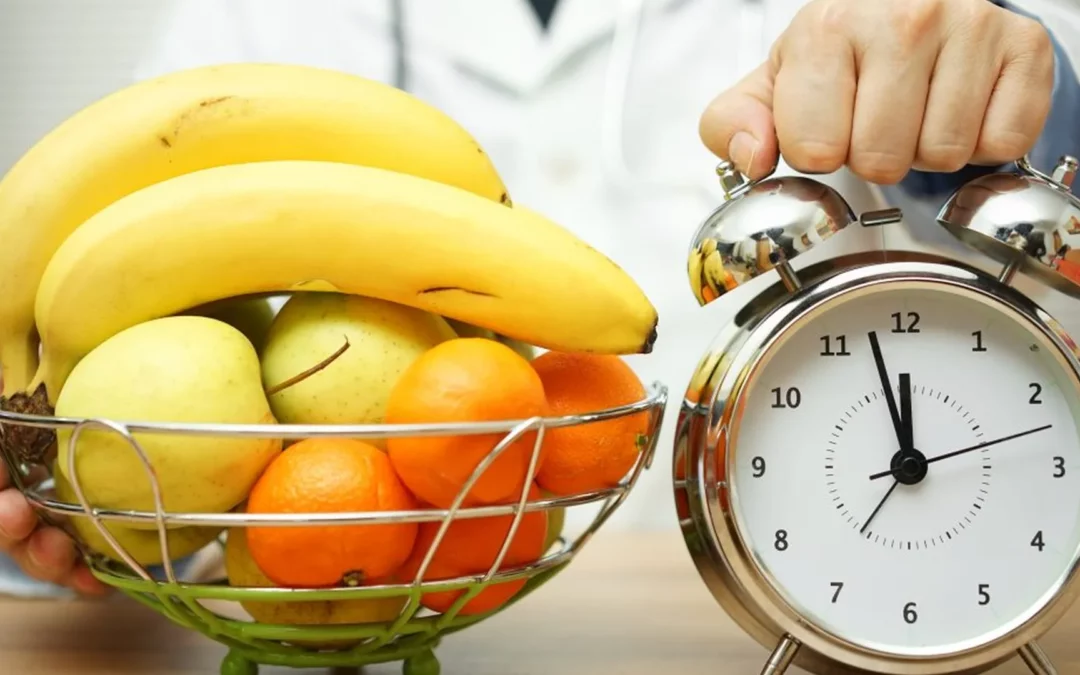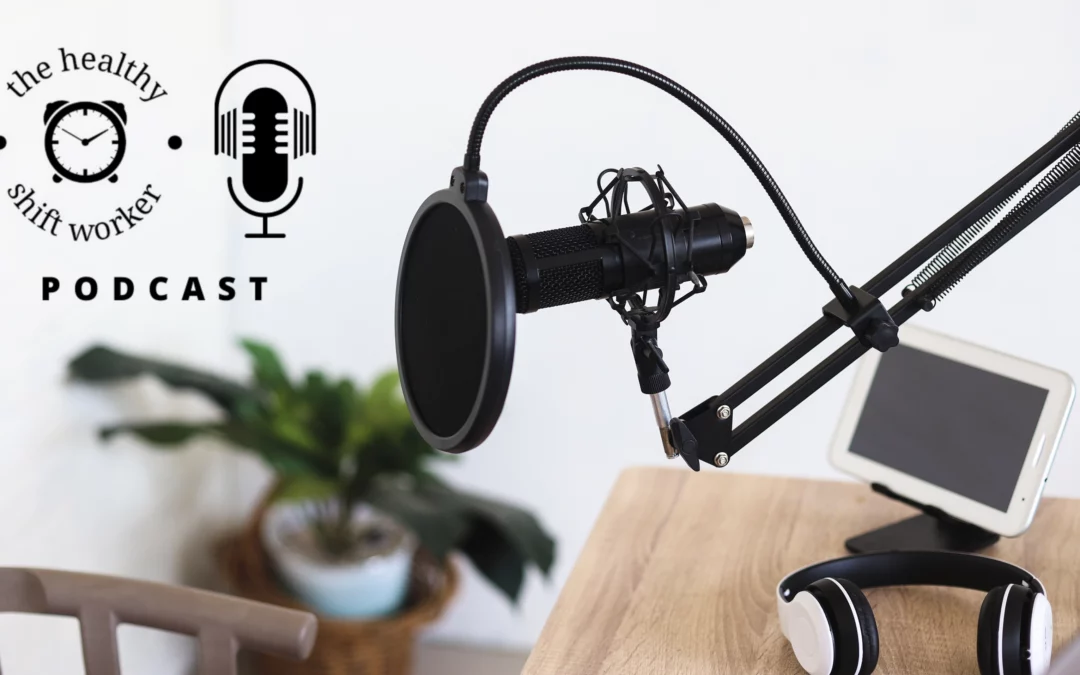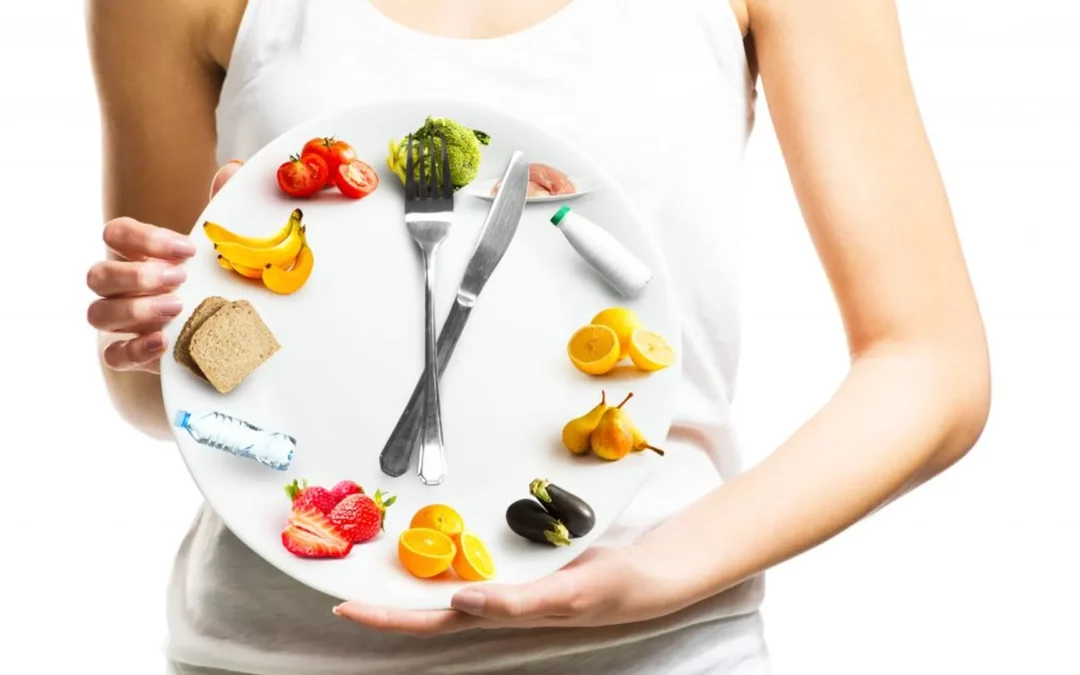
by Audra Starkey | Mar 9, 2022 | Energy, Mindset, Nutrition
When we work 24/7, we tend to eat 24/7 which can lead us on a downward spiral of all sorts of health complaints over the long-term. This is because our innate timing system, or circadian clock, is essentially switched to the ‘ON’ position for a very long time. Have...

by Audra Starkey | Oct 10, 2019 | HSW, Nutrition, Podcast, Sleep
In today’s podcast episode, we’re talking all things chrononutrition with Dr Jonathan Johnston from the University of Surrey, in the United Kingdom. Dr Johnston is a world expert and researcher in the field of chrononutrition, and has led many studies looking at the...

by Audra Starkey | May 23, 2019 | HSW, Podcast
OK. So this has to be the million dollar question. Is there a perfect shift work diet? After recording a free training recently on this exact topic in my Healthy Shift Workers Facebook Group that generated an enormous amount of interest, I decided to record a...

by Audra Starkey | Nov 1, 2016 | Nutrition
As a fully fledged Clinical Nutritionist (wow, I can finally say that now after completing a Bachelor of Science degree last week), I have to say there’s certainly a lot of emphasis in our training on WHAT our clients are eating, which undeniably plays a huge...




